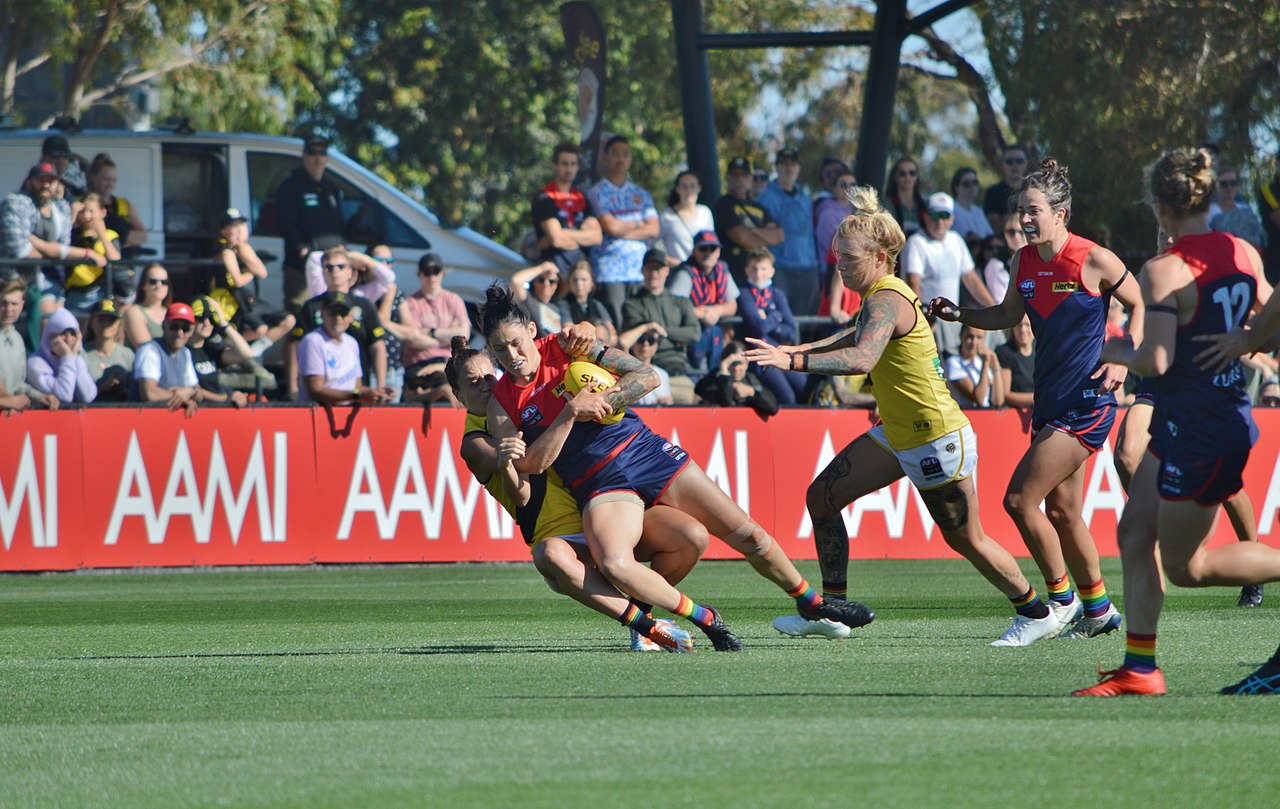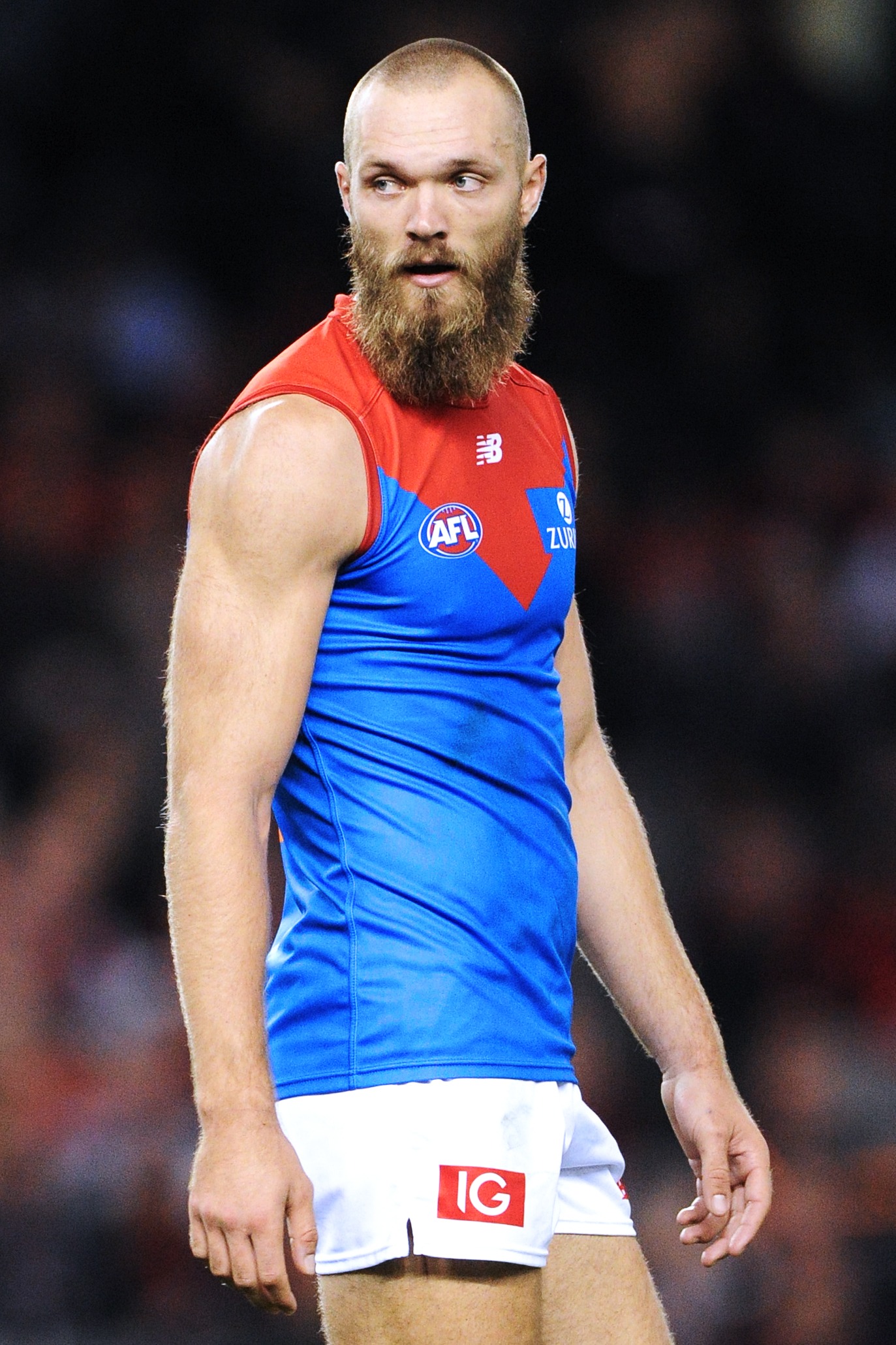The effect of concussions in the Australian Football League continues to spark controversy and debate. As far as we know the career of 2023 Premiership Player Nathan Murphy remains in the balance after he reportedly experienced his 10th VFL / AFL concussion. This comes at the end of a year during which former champion players including John Platten went public with his concussion-related challenges. In a sad parallel, he also suffered a bad head knock in the first quarter of the classic 1989 Grand Final, and can’t recall the game in which his Hawks prevailed as Premiers by a mere six points (despite Gary Ablett snr kicking nine goals).
While the men’s league grapples with both the immediate challenges and long-tail of these head injuries, it’s emerged that women are suffering concussions at a higher rate than men in comparable sports.
In a sport like AFL, where the women’s league is still in its relative infancy, this should be framed constructively as posing a difficult but winnable challenge.
The AFLW, the women’s counterpart to the men’s AFL, has seen exponential growth since it’s launch in 2017. However, it stands on the cusp of a potential massive health crisis if the concussion and brain-injury issue isn’t addressed promptly. In an extreme foreshadowing of this seriousness, it’s been revealed that former AFLW player Heather Anderson, who took her own life in 2022, was suffering Chronic Traumatic Encephalopathy (CTE).
Commendably to the AFL and its administrators, since the days of John Platten rule introductions and tweaks have aimed at reducing the incidence and harm caused by head knocks. We’ve seen heightened liability for any bump to the head, the eradication of the “biff” – off-the-ball punches, elbowing, and shoulder charges – and the implementation of stricter protocols for managing concussed players. Despite this, concussions accounted for a concerning 13.3% of all AFL injuries in 2020.
It’s alarming then to consider how the AFL’s history through to current day concussion troubles could translate to AFLW and other women’s leagues. Because women reportedly have a higher concussion incidence in sports. The reasons for this disparity are multifaceted. But the implication for the AFLW is clear: given its nascent stage AFLW has obligation to constructively intervene.
One pattern observed in the men’s game is that a significant number of head knock incidents occur when players move or run “back” with the flight of the ball to either mark it or prevent an opponent from doing so. If such patterns persist in the AFLW, the league may consider rule adjustments targeting these specific scenarios. After all, it’s essential not to view these incidents solely as on-field bravery, but to recognize the potential long-term health consequences they carry.
In this scenario, and others, expecting players to spontaneously adjust their in-game decision-making without relevant rules is unrealistic. Players, in the thick of competition, prioritize gaining possession, scoring and winning. Therefore, it’s up to the league to establish rules that align with community health attitudes and concerns, ensuring that players remain safe even in the most competitive moments.
The AFLW is in a unique position. As a relatively new league, it has the flexibility to implement changes without battling as many longstanding traditions and resistance to change. Drawing inspiration from previous AFL rule changes, the AFLW can craft a game that maintains its thrilling essence while prioritising the safety of its players.


